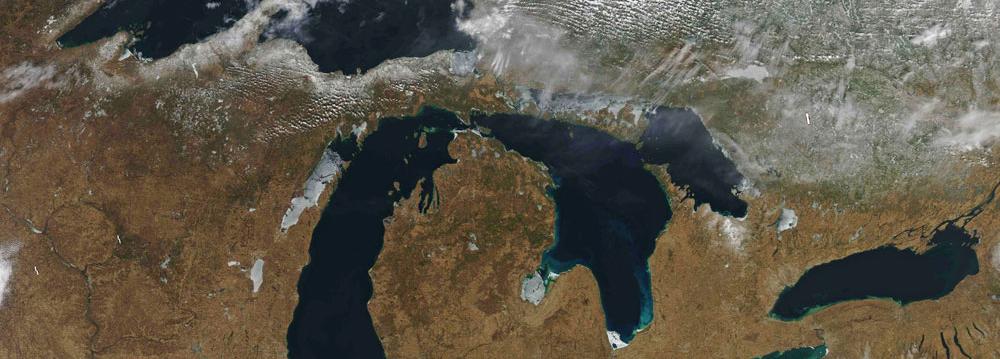A new study on ballast water discharge has found Great Lakes ships are moving non-native species from the lower lakes to western Lake Superior.
Great Lakes are a series of interconnected freshwater lakes located primarily in the upper mid-east region of North America, on the Canada–United States border.
The study was conducted by the Great Waters Research Collaborative, which is a project of University of Wisconsin, AP reported citing Wisconsin Public Radio.
Researchers sampled 15 ballast water discharges from US and Canadian lake vessels last year and found 13 samples had non-native species, said Allegra Cangelosi, the principal investigator.
“It’s the concern that we don’t really know what happens after they’ve been discharged,” Cangelosi said. “In some cases, the condition might be right that the organism could establish and possibly push out other things that are naturally already in the environment.”
The report recommends researching ballast water treatment systems for ships.
The shipping industry contends more research is needed to understand the potential environmental impact before new ballast water policies are enacted.
Further studies should use a larger sample size, the association said. The study sampled between 5 to 53% of the water volume in ships’ ballast tanks that were discharged, which is not a lot of water, Cangelosi said.
The Alliance for the Great Lakes contends the study is evidence that action is needed to protect lakes from invasive species.
“All ships operating on the Great Lakes—oceangoing and lakers —must be accountable and stop introducing and spreading the biological pollution that is invasive species,” said alliance President and CEO Joel Brammeier.
Tom Rayburn, director of environmental and regulatory affairs with the Lake Carriers Association, said the association is working with regulators and researchers to address the issue and create ballast water treatment systems.


